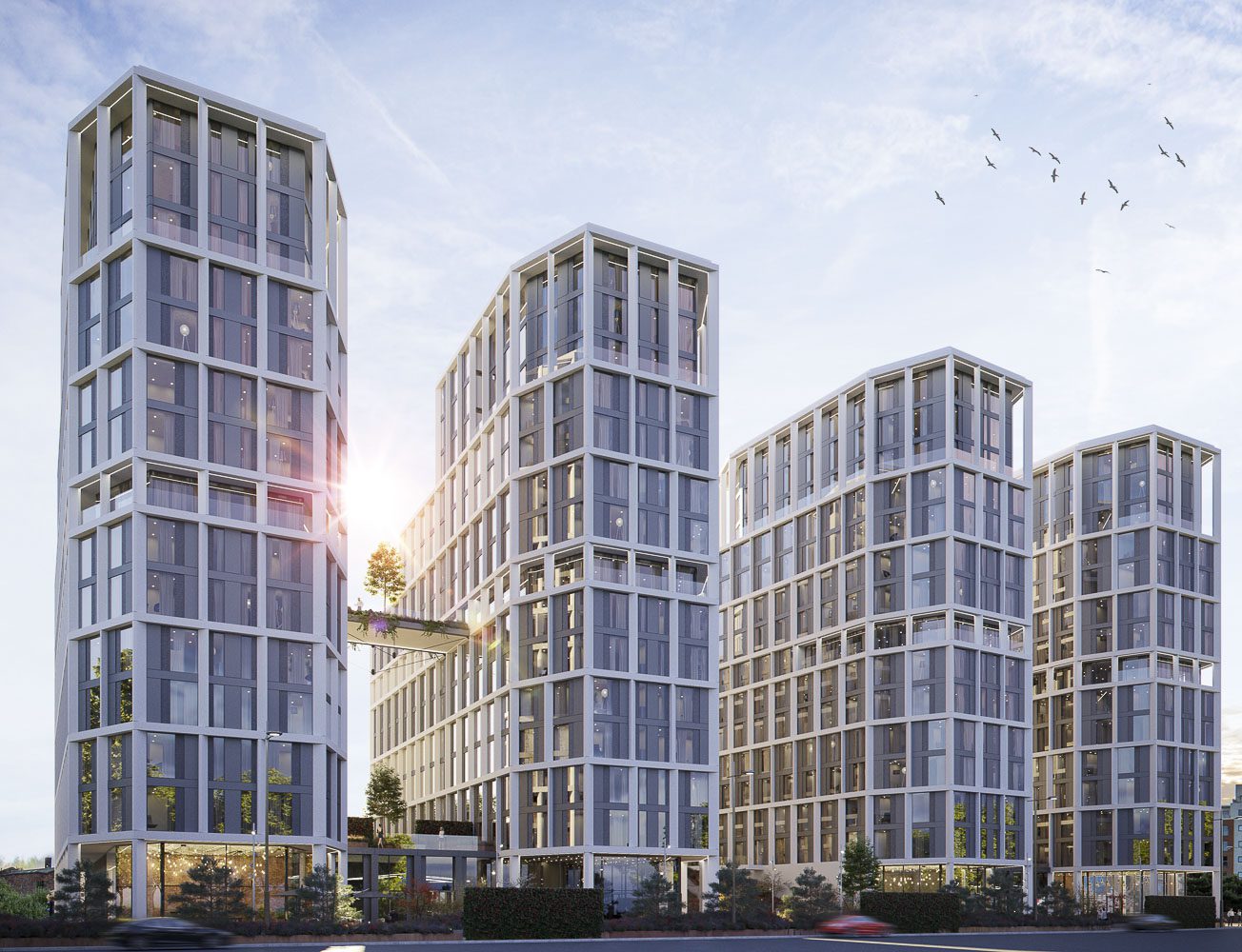According to recent long-term rental forecasts by Zero Deposit, the monthly rental expenses are projected to surge by 16% by 2030. This implies the typical tenant might witness this expenditure rise to £1,150 monthly. However, the anticipated increase in specific regions is even steeper, reaching up to 39%, thereby adding hundreds of pounds to the average monthly rental cost.
To arrive at these projections, Zero Deposit examined historical rental market data from the Office for National Statistics for each region in England. This data was then utilised to predict the potential average rental costs in 2030 based on past market trends.
Presently, the average tenant in England is paying £994 per month. This figure has escalated by 5% in the past year and 37% over the past decade.
London not only boasts the highest average rental cost at £1,873 per month, but this expense has also surged by 12%, equivalent to £201 per month, within a single year between 2022 and 2023. Learn about just why is buy to let a good investment in 2024 with our free guide.
The cost of renting has increased in every region of England between 2022 and 2023, which may have led to higher gross yields for many buy-to-let investors.
The forecast from Zero Deposit indicates that the challenges for those in the rental market are poised to intensify. London is anticipated to remain the least affordable area, with a projected 12% increase, adding £234 to the rental cost, resulting in an average monthly rent of £2,107.
However, the East Midlands is expected to experience the most substantial surge. Zero Deposit estimates a 41% increase – equating to £307 more per month – in the average monthly rental cost across the region by 2030. This surge could be attributed to declining stock levels, which have decreased by -1.4% since 2018. Significant rental cost increases are also expected in the South West, the East of England, and Yorkshire and the Humber.
Discover more: For more property investment insights, see our guide on safe investments in the UK or consult our article on how to buy property in the UK as a foreigner.






